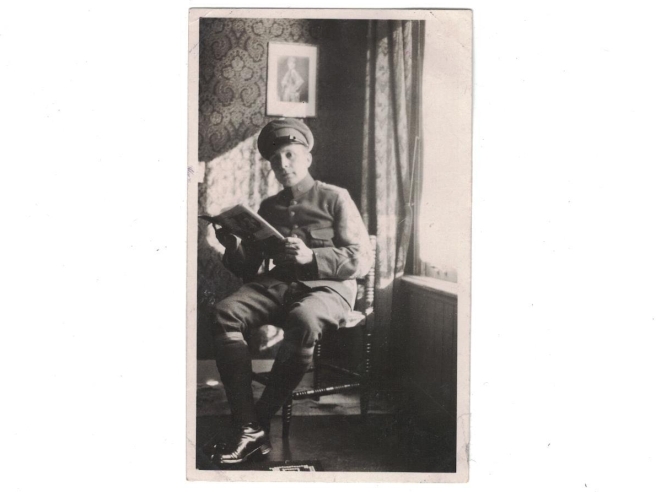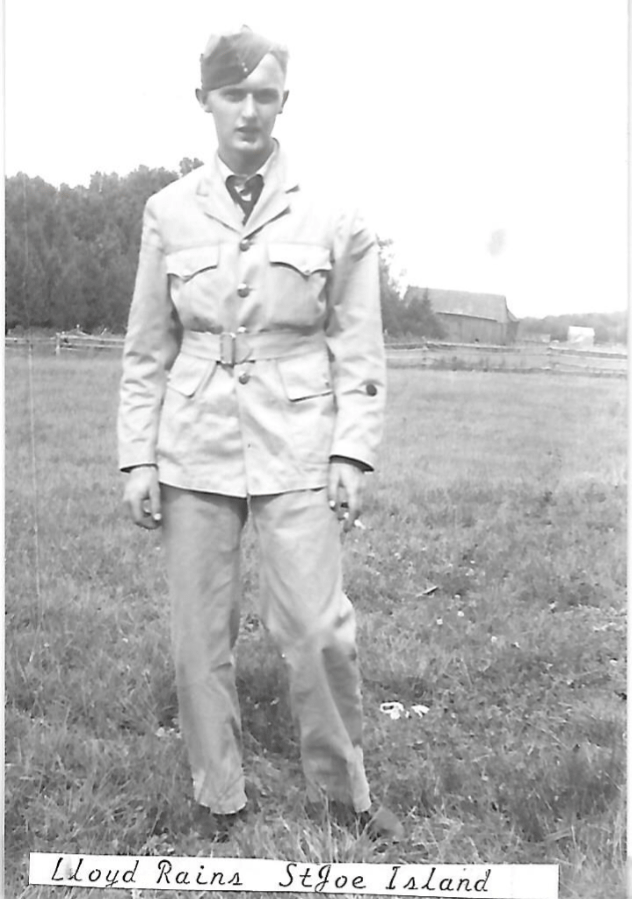
Today we celebrate exactly a century since the day the armistice was signed in France to mark the end of The Great war, also known as The War to End All Wars, or World War I. The war began in 1914 when the rebellious assassination of a major politician set off a chain reaction of war declarations throughout Europe. The Great War had begun.
It was fought on land, in the sea, and in the air. New equipment and experimental weapons resulted in massive casualties. The war did ‘great‘ things for the military technology world, including introducing the world to the armored tank, aerial warfare, machine guns, and submarines. These new weapons were efficient killing machines. Some units, such as the Royal Newfoundland Regiment, were nearly completely wiped off the face of the earth.
Finally, after four years of brutal fighting, peace propositions began to get underway, until the armistice was signed. The war was agreed to be over on November 11, 1918, at 11:00 am. Right up to that point and even after peace was settled that morning, people continued to take each others lives. In fact, throughout the entire ordeal an estimated 17 Million lives were lost, and countless more lives scarred forever, both physically and mentally, making it the largest conflict in human history (until WWII), and the largest loss of military personnel in any war to date.
One single death is a tragedy. The amount of people killed in this four year span of time is something the mind could never begin to comprehend.
These men gave and were prepared to give their lives for what they believed in. I believe they are true heroes, even if they didn’t fully understand what it was they were fighting for or against.
They will NEVER be forgotten. It is up to people like you and me, discovering and sharing what we know, to continue to preserve the stories of their bravery and sacrifice. Please take a moment today to take off your hat and remember what was done in the name of freedom, in this and every historic conflict, and even at present.
Lest we forget.
Note: the featured photograph is of my Great Great Grandfather, a Sergeant in the Dutch Army′s Bicycle Brigade during WWI.



 The book, Rescue the Captors, is an amazing autobiography by a 28 year old bush pilot who flies dangerous mission flights in Columbia. It is a true story, written from within a Marxist guerrilla camp, of how a young pilot named Russell is captured by soldiers who mistake him for the son of a wealthy American, but he is actually just from a small missionary family.
The book, Rescue the Captors, is an amazing autobiography by a 28 year old bush pilot who flies dangerous mission flights in Columbia. It is a true story, written from within a Marxist guerrilla camp, of how a young pilot named Russell is captured by soldiers who mistake him for the son of a wealthy American, but he is actually just from a small missionary family.